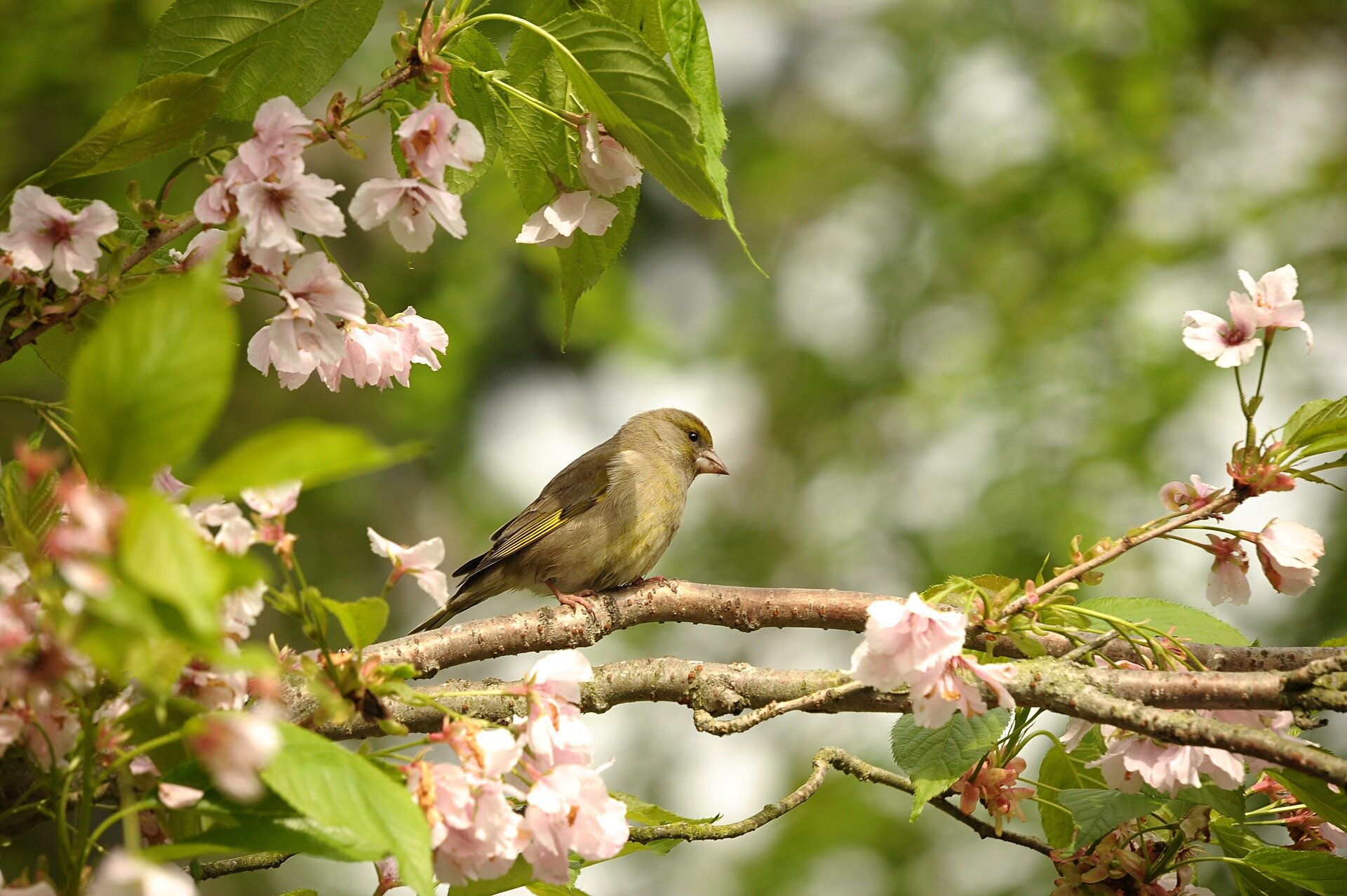
Trichomonosis
What is Trichomonosis?
Trichomonosis is a deadly disease found in a number of garden bird species. It is caused by a microscopic parasite, Trichomonas gallinae, which infects the tissues in the bird's mouth, throat and oesophagus, making it hard for the bird to eat and breathe. While greenfinches and chaffinches has been most affected, Trichomonosis has been found in other species, including sparrow, dunnock, great tit and siskin.
Sadly, the disease is established throughout Britain with finches most frequently affected, though not exclusively so. Recent Breeding Bird Survey data indicates a 50% reduction in the UK breeding population of greenfinches since the disease emerged in the 2000s. One study suggests that finch trichomonosis accounts for 62% of all greenfinch, chaffinch and dunnock mortality annually in the British Isles.
Trichomonosis is found also found in caged birds, in birds of prey (frounce) and in pigeons and doves (canker). Trichomonas gallinae is a parasite of birds and does not pose a health risk to humans or their mammalian pets.
The disease first emerged in British finches in 2005 and has since brought about local declines in the breeding populations of Greenfinch and Chaffinch in various parts of Britain. The 2006 outbreak mainly affected central and western counties of England and Wales. The disease spread towards Eastern England in 2007.
In 2008, the disease appeared in Fennoscandia – notably in South East Norway, Sweden and Finland. Scientific analysis suggests the parasites found here have the same origins as those found in Britain. Furthermore, analysis of bird migration data suggests migrating finches are the most likely mechanism by which the disease could have spread from Britain to Fennoscandia. Consistent with the hypothesis that the Chaffinch is the primary vector, we saw the emergence of finch trichomonosis in northern Germany in April 2009. The disease is now found throughout mainland Europe.
How serious is Trichomonosis?
In Britain, the size of the greenfinch breeding population has declined markedly, from a peak of approximately 4.3 million in 2006 (just before the onset of the epidemic) to approximately 1.5 million individuals in 2016 (66%, or an average reduction of around 280 000 birds every year).
This decrease represents the largest scale infectious disease impact on a European wild bird on record and has led to the inclusion of the British race of Greenfinch, C. chloris harrisoni, on the red list of Birds of Conservation Concern. Furthermore, recent assessment of extinction risk using the International Union for Conservation of Nature Red list guidelines classified the breeding greenfinch population in Great Britain as endangered.
It is unclear whether the more recent decline in chaffinch numbers since 2012 is a result of finch trichomonosis or other causes.
What causes Trichomonosis?
Trichomonosis is caused by a parasite called Trichomonas gallinae. It is commonly transmitted on bird feeders and on bird tables, through consumption of food and drink contaminated by infected birds.
Among garden birds, the disease is spread by infected parents feeding their young, and by consumption of contaminated drinking water or feed.
What are the symptoms of Trichomonosis?
Trichomonosis is usually a disease of young birds. Infected birds tend to show signs of general illness (lethargy, puffed-up plumage). They may lose weight and struggle with their balance. The disease manifests in the throat and gullet, making it hard for affected birds to breathe and swallow.
Swelling of the neck may occur, the feathers around the beak may be wet and the birds may drool saliva or exude greenish fluid or cheese-like substance from the beak. A foul odour may be present. Birds may regurgitate food they cannot swallow, which presents a transmission risk to other birds. The disease can progress over several days or weeks.
Where the infection is acute birds may perish suddenly with little sign of illness.
Outbreaks are most severe and frequent in late summer and Autumn. Sick birds are obvious, as they have a tendency to stay close to feeders and water sources, and often die there.
Symptoms such as swelling and puffed up plumage mean trichomonosis is sometimes referred to as fat finch disease.
How can I prevent Trichomonosis?
The British Trust for Ornithology recommends the following actions:
Follow sensible hygiene precautions as a routine measure when feeding garden birds and handling bird feeders and tables.
Clean and disinfect feeders and feeding sites regularly. Suitable disinfectants that can be used include a weak solution of domestic bleach (5% sodium hypochlorite) or other specially-designed commercial products. Always rinse feeders thoroughly and air-dry before re-use.
Rotate positions of feeders in the garden to prevent the build-up of contamination in any one area of ground below the feeders.
Empty and air dry any water feeders or bird baths on a daily basis.
The Trust suggests you may wish to consider stopping feeding if you have an outbreak of the disease at your feeding station, though it acknowledges the risk the birds may end up visiting another feeding station and possibly one where no hygiene measures are in place.
How do I report bird sickness in my garden?
The BTO has an online reporting scheme at https://www.bto.org/our-science/projects/garden-wildlife-health
How does the Finches Friend Cleaner Feeder help prevent Trichomonosis?
The Finches Friend Cleaner Feeder works to reduce infection between birds by promoting better cleaning and food hygiene. It has a unique removable, colour-coded feed station, which is easy to clean and reduces spillage.
In line with guidance from the British Trust for Ornithology, our feeder is designed to be easily cleaned on a weekly basis. Each feeder is supplied with two, colour-coded feed stations, to help our customers keep track of cleaning and keep the feeder operational at all times.
Our innovative design and unique feed-flow mechanism prevents rainwater from soaking the feed. As well as preventing clogging and food waste, this reduces the likelihood of mould.
The Finches Friend Cleaner Feeder has been developed specifically to combat deadly Trichomonosis.
